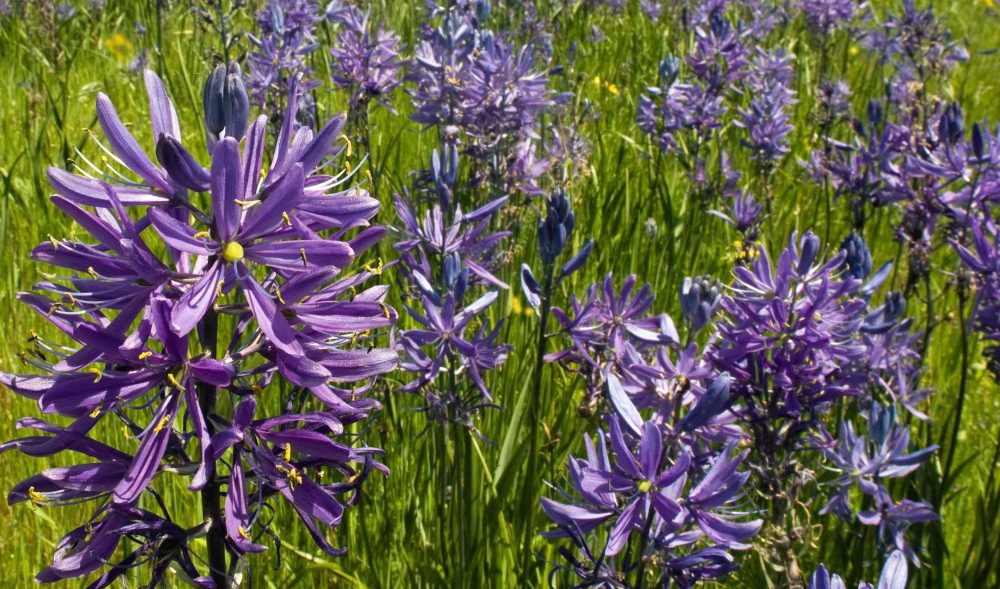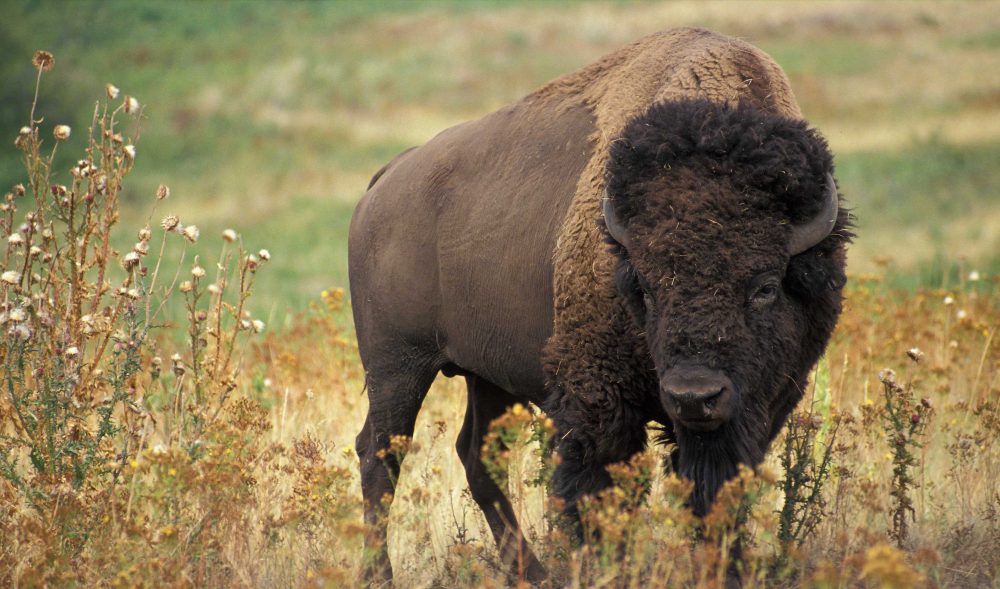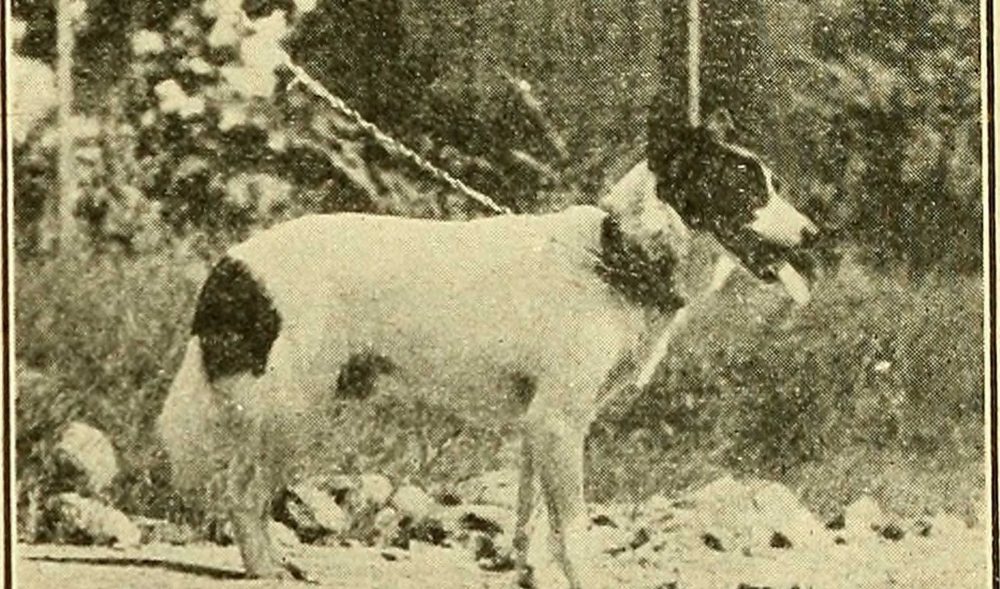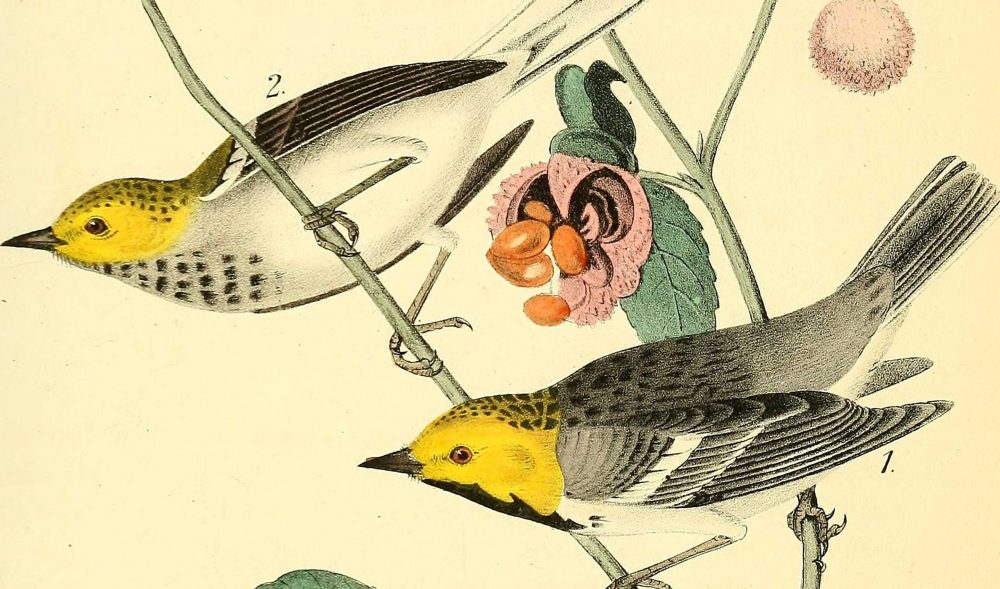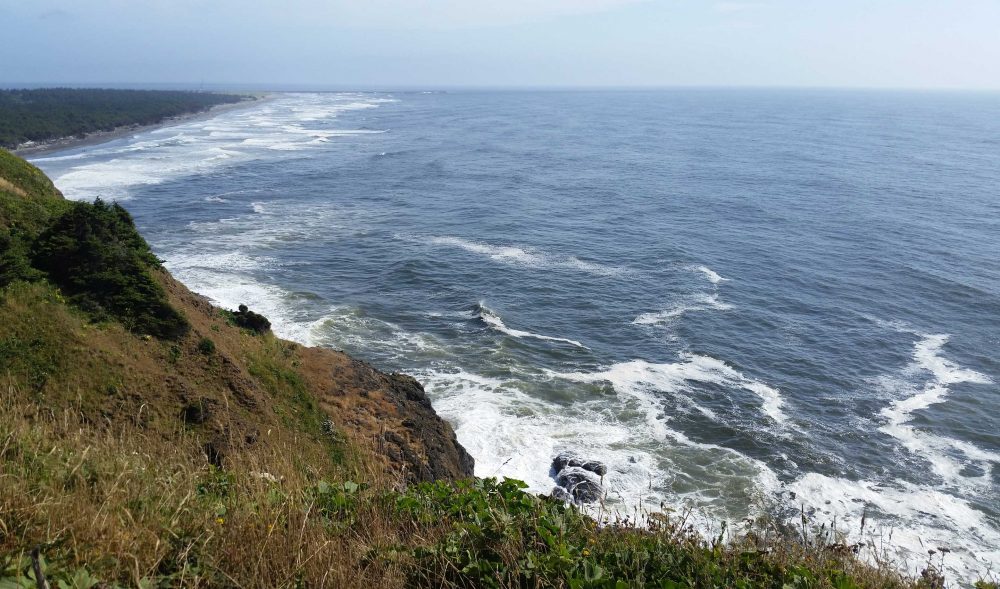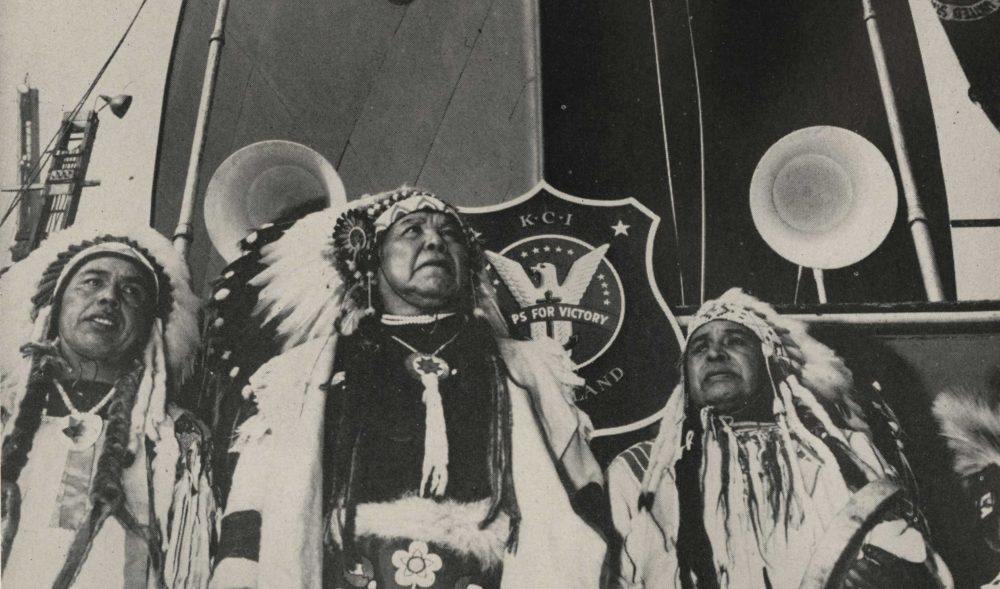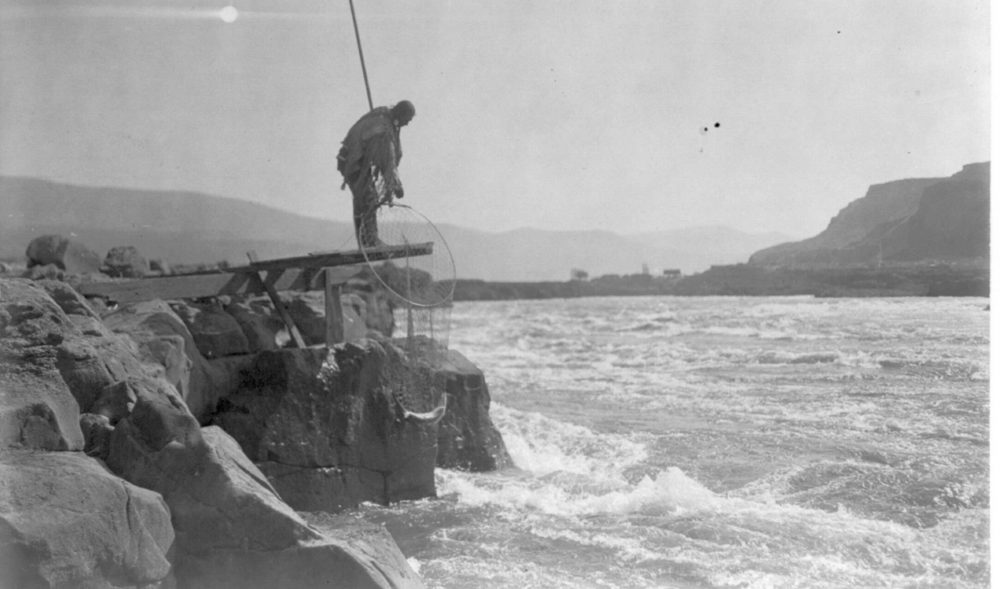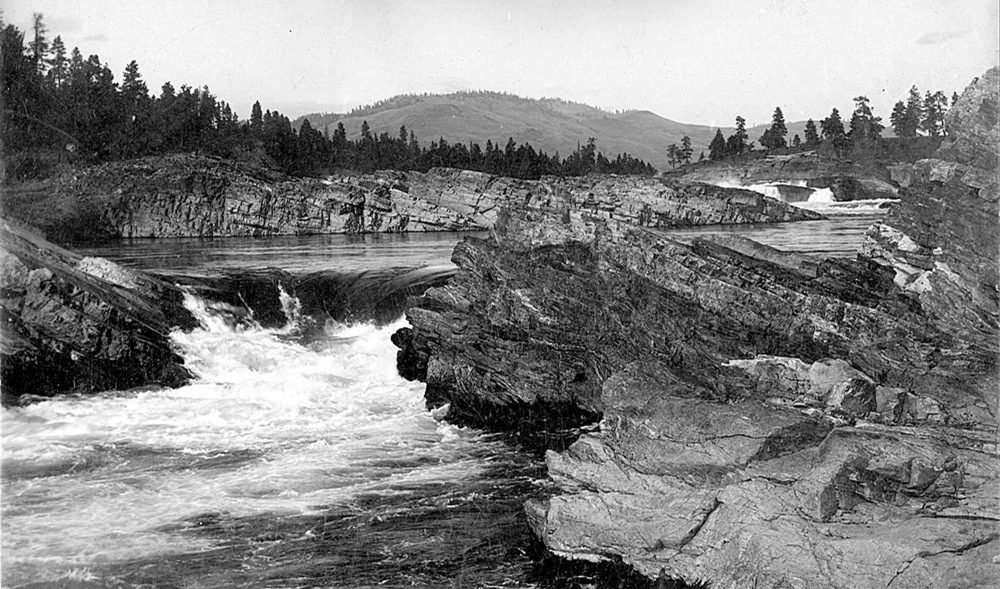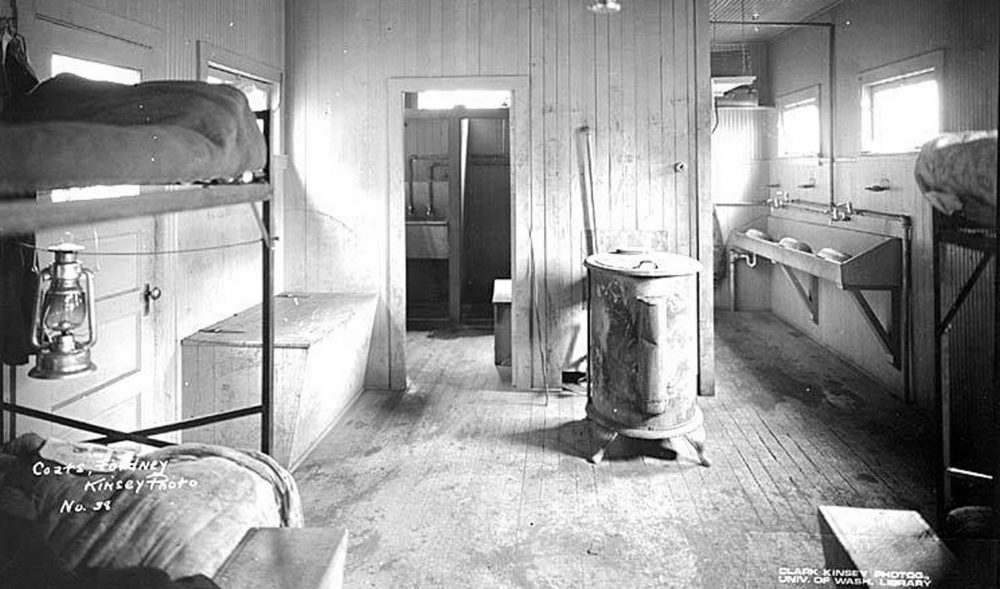Confluence Library
A prairie plant dug up by women and children, the Camas bulb was an important part of Columbia basin diets. Grazing animals on camas lands by settlers led to skirmishes between the Army and the Bannock tribes.
American Buffalo, or bison, was a staple of many Native diets, but had disappeared by the 1820s from most places west of the Clark Fork. Modern revival efforts by the Yakama nation have brought bison back.
Dogs were important animals to many tribes in the Columbia Basin, for many purposes including hunting, protection, fur, and food. Many early explorers also brought dogs, such as Clark’s Seaman and Douglas’s Billy.
The Greater Sage-Grouse is a bird whose mating call and dance have become an icon of the West. However, they are endangered and face extinction. The Yakama Nation is trying to reintroduce the sage-grouse to native lands.
Etched into the wooden slats of the Confluence blind are the names of the birds noted by Lewis and Clark during their journey. These species captivated people such as John Kirk Townsend, thirty years after Lewis and Clark canoed down the Columbia River.
Orinthologist John Kirk Townsend provided valuable descriptions not only of the Columbia River’s bird populations but also of Cape Disappointment. A portion of a letter describing Cape Disappointment is reprinted here.
The World Wars brought a number of changes to the Vancouver-Portland area, including the introduction of women to the industrial labor force. Among those women were Native American women brought to work as welders.
Native methods for catching fish along the Columbia River used spears, baskets, and weirs. White newcomers saw these as inefficient and began using mechanical processes such as fish wheels to increase canneries’ catches.
Kettle Falls was the largest waterfall of the Columbia River. Kettle Falls was for over 10,000 years a major indigenous fishing and trade site. In 1940, they were dammed by the Grand Coulee and formed Lake Roosevelt.
As the Northwest was increasingly colonized, resource extraction and utilization became the region’s economic backbone. Hydroelectric power, lumber mills, and agriculture thrived while damaging Native ways of life.

